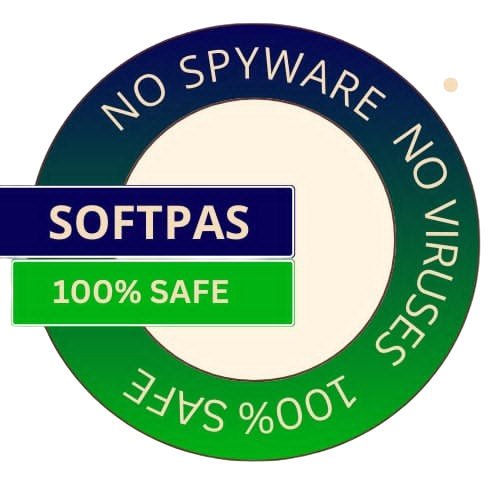
Get the best deals on your favorite games
pxview is a straightforward command line tool that was initially designed to test pxlib. This library helps in reading Paradox files, which can be pretty handy!
As development progressed, pxview turned into a useful program for checking out what's inside Paradox files. Plus, it can convert these files into SQL or CSV formats, making it even more versatile.
Right now, it can't read every single type of Paradox file but does a great job with .DB files. So if you're working with those, you're in luck!
The `configure` shell script tries to guess the right values for different system-dependent variables during compilation. It creates a `Makefile` in each directory of the package using those values.
This script may also generate `.h` files with system-specific definitions. Finally, it makes a shell script called `config.status`. You can run this later to recreate your current setup and check out the `config.log` file for debugging info.
If you want to speed things up when reconfiguring, you can use an optional cache file (usually named `config.cache`). Just enable it with `--cache-file=config.cache` or simply use `-C`. Keep in mind caching is off by default to avoid issues from outdated cache files.
If you need to do something special while compiling, take a look at how the `configure` script checks for those needs and send any suggestions via email as noted in the README file.
You can remove unwanted results from your cache file if you're using one. To compile this package easily:
cd into the package's source code directory and type ./configure.csh, try sh ./configure.make.make check.make install.make clean. For cleaning everything created by configure so you can compile again for another computer type: make distclean.A reminder: there's also a target called make maintainer-clean, but that’s mostly for developers who might need extra tools afterward.
Go to the Softpas website, press the 'Downloads' button, and pick the app you want to download and install—easy and fast!

SoftPas is your platform for the latest software and technology news, reviews, and guides. Stay up to date with cutting-edge trends in tech and software development.
Subscribe to newsletter
© Copyright 2024, SoftPas, All Rights Reserved.